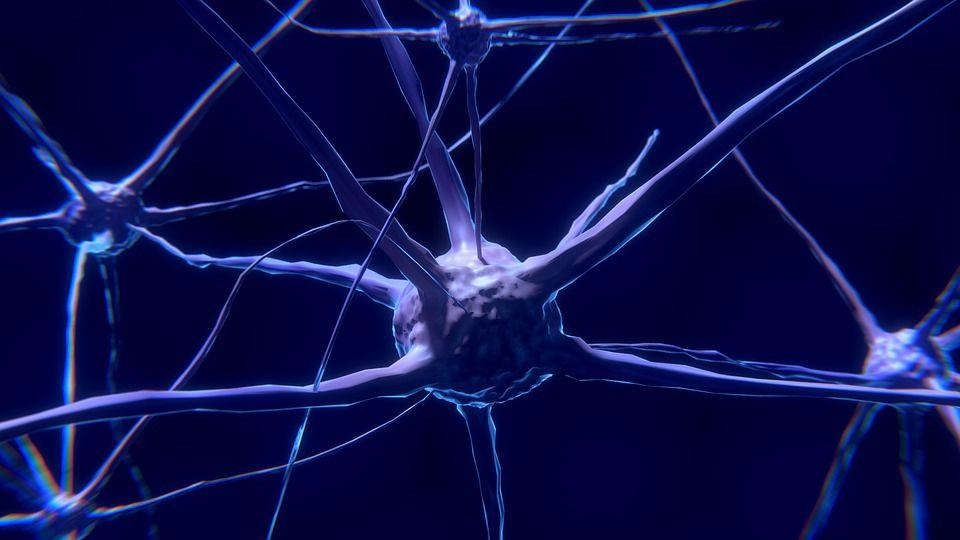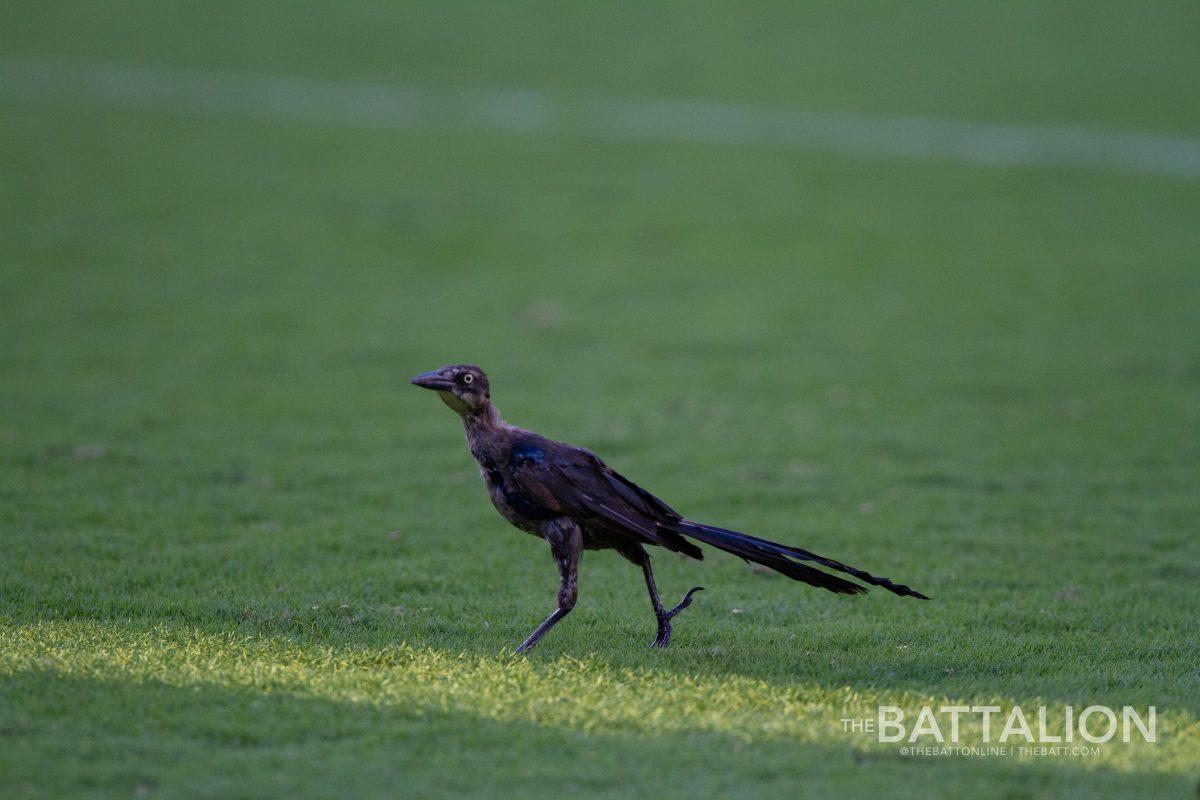When it comes to the world of science, researchers make discoveries and breakthroughs every day. To help you keep up with them, The Battalion has compiled a few of the most compelling scientific breakthroughs from the past week.
Neuroscience: New evidence in favor of neurogenesis
It has previously been debated by scientists whether or not adult humans were capable of neurogenesis. Neurogenesis is the process of creating new neurons, which are the cells of the nervous system. This process is observed in all animals during their development, except for a few such as sponges, but upon reaching adulthood not all species continue to produce new neurons.
While viewing slices of 13 postmortem brains from previously healthy adults, researchers found potential evidence of thousands of newly formed cells in the hippocampus. In contrast, the brains of 45 individuals who had suffered from Alzheimer’s disease showed less of these cells. This suggests that the disease may be connected to neurogenesis and may offer new information in the fight against the disease.
Paleontology: Fossils show immediate aftermath of dinosaur extinction
In southwestern North Dakota, the newly dubbed Tanis site shows the immediate aftermath of impact of the dinosaur-killing asteroid. The site is found around 3,000 kilometers away from the impact zone of the asteroid, and shows evidence of river water sloshing violently after the asteroid spawned a magnitude ten, or greater, earthquake. This lead to the quick burial of the river life found at the time. The fossils of those organisms, such as fish, were found in a meter-thick layer of rock, alongside traces of the impact.
The asteroid hit Earth 66 million years ago, marking the end of non-avian dinosaurs along with many other species. The dig site goes against the thought that many species were already dying out before the impact, as some have been hypothesizing. So while many questions still surround the event, this find helps the argument that the asteroid was the leading factor of the extinction.
Biology: Rediscovery of lost bee species
A group of four scientists set out into the forests of Indonesia bee hunting in January and came out finding the long-lost Wallace’s giant bee. The bee species, which had been missing for around 38 years, measures around 4 centimeters and a wingspan around 7.5 centimeters. However, Wallace’s giant bee is only one of 25 species looking to be rediscovered.
With the help of 100 scientists, the Global Wildlife Conservation compiled a list of 1,200 species that have been missing in recent years. Of these, 25 have been named “most wanted,” with Wallace’s giant bee being one of them. The rediscovery of the bee is a beacon of hope in the look of the other species that have been lost to science.
Evidence of adult neurogenesis, fossils and rediscovered bee: This Week in Science
April 4, 2019
Photo by Creative Commons
This Week in Science 4/4
0
Donate to The Battalion
$2065
$5000
Contributed
Our Goal
Your donation will support the student journalists of Texas A&M University - College Station. Your contribution will allow us to purchase equipment and cover our annual website hosting costs, in addition to paying freelance staffers for their work, travel costs for coverage and more!
More to Discover









